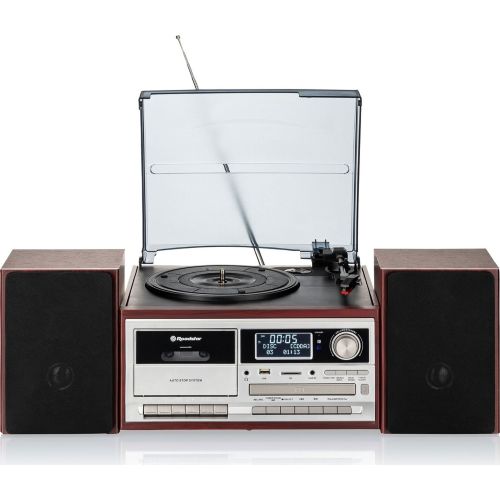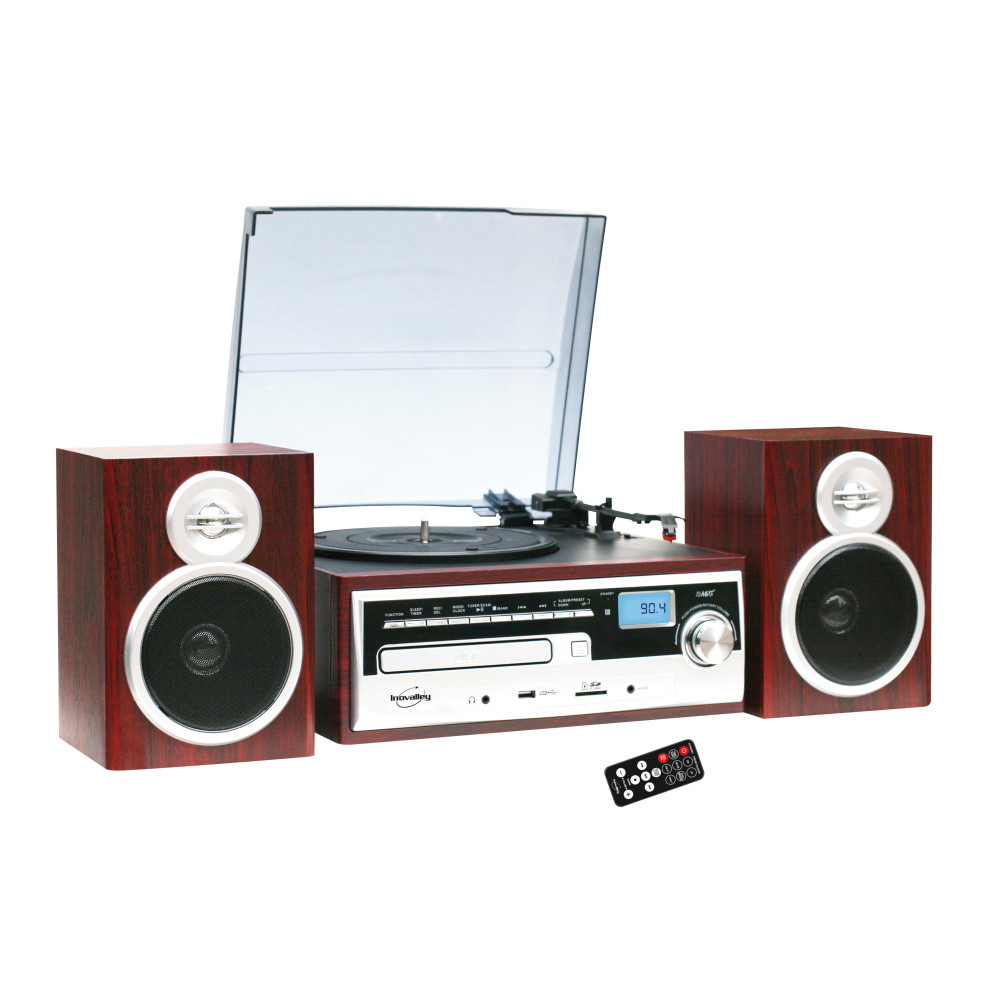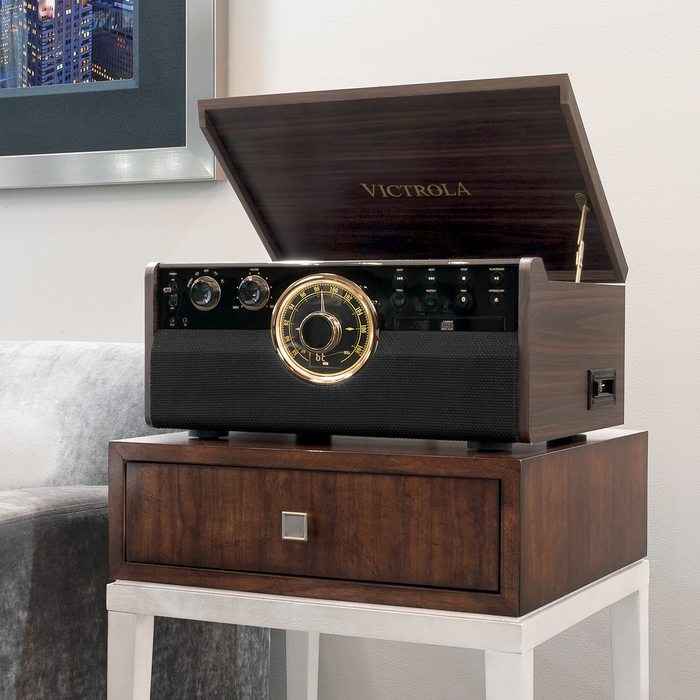
EMPIRE CHAINE STEREO 6 EN 1 PLATINE VINYLE EXPRESSO : ascendeo grossiste Platines et Accessoires Vinyles

chaine hifi platine vinyle CD USB BLUETOOTH FM avec encodage marron noir au meilleur prix | E.Leclerc

Auna Platine Vinyle Bluetooth, Tourne Disque Vinyle Dab+, FM, CD, MP3 & USB avec Haut Parleur, Tourne-disques Audio Vinyle 33 Tours, Chaine HiFi Platine Vinyle, Télécommande, Lecteur Vinyles Vintage : Amazon.fr: High-Tech
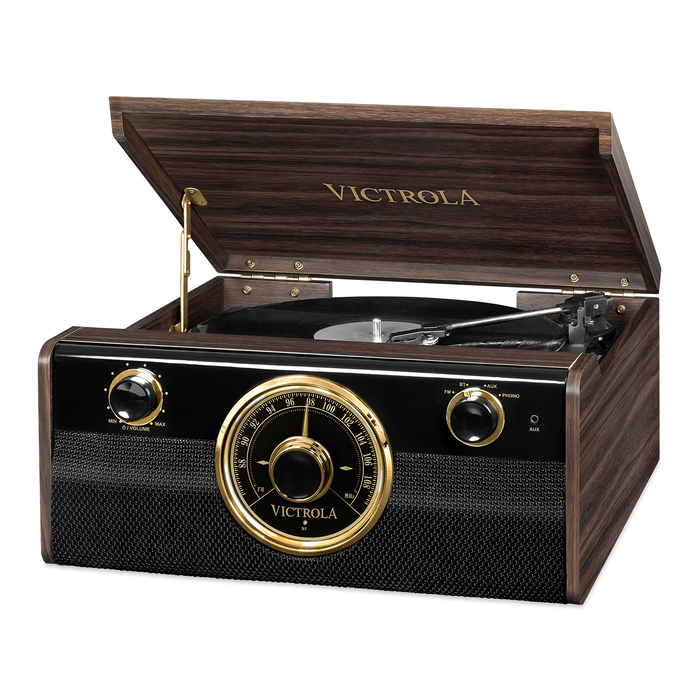
EMPIRE JUNIOR CHAINE STEREO 4 EN 1 PLATINE VINYLE EXPRESSO : ascendeo grossiste Platines et Accessoires Vinyles

Auna NR-620 - Chaîne hifi stéréo avec platine vinyle vintage - Platine vinyle, lecteur cassette, CD et MP3 USB - Bois beige - Cdiscount TV Son Photo

Auna Belle Epoque 1908 Chaîne HiFi stéréo rétro complète avec platine vinyle USB , lecteur CD MP3 , tuner radio et K7 - Design bois - Cdiscount TV Son Photo
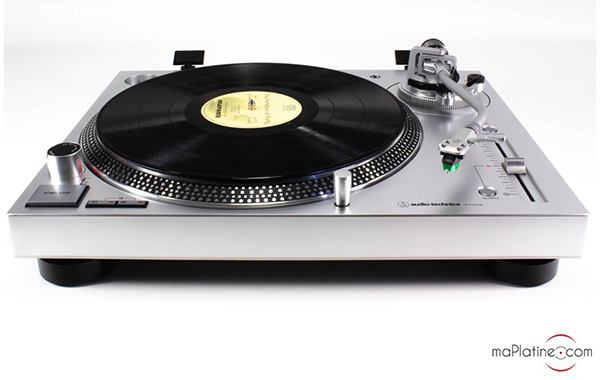
Comment brancher une platine vinyle sur une mini-chaîne Hi-Fi ? - Découvrez nos offres maPlatine.com

Muse - mini chaine Platine vinyle 33 45 78 tr minute avec encodage par USB bleu - Chaînes Hifi - Rue du Commerce

CLASSIC CHAINE STEREO 6 EN 1 PLATINE VINYLE ACAJOU : ascendeo grossiste Platines et Accessoires Vinyles

44€ sur Système Chaîne Hifi CD 20W vintage avec platine Vinyle - CD/FM/USB/AUX - 33/45/78 tours - Platine vinyle - Achat & prix | fnac

Platine vinyle muse mt-115 dab, micro-chaîne radio à lecture numérique fm, dab-dab+, 33-45-78 tours, ampoule diams led - Conforama



